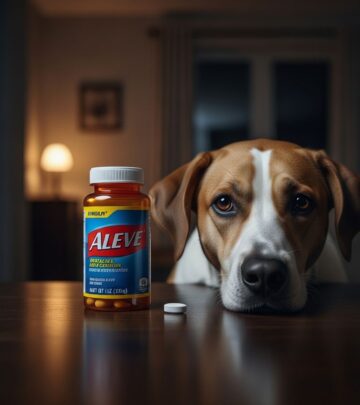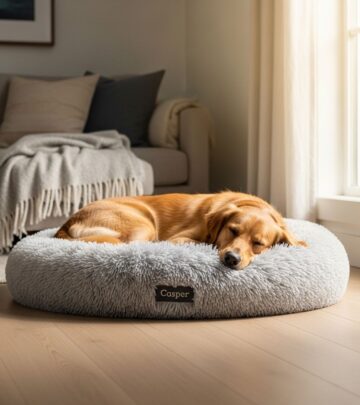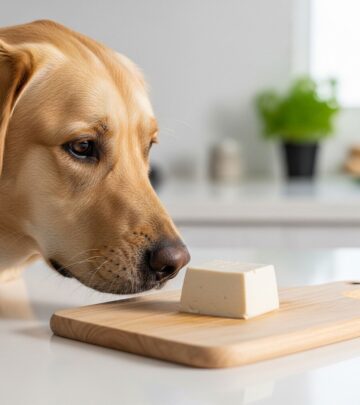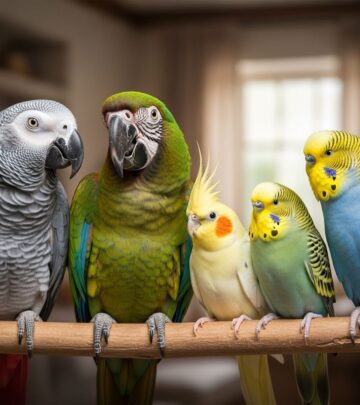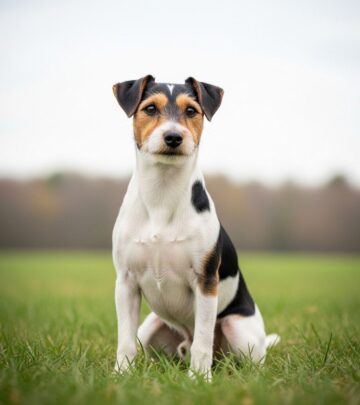Cat Panting In Car: 5 Common Reasons And How To Help
Understanding why your cat pants in the car, what it means, and how to keep them comfortable and safe on the road.
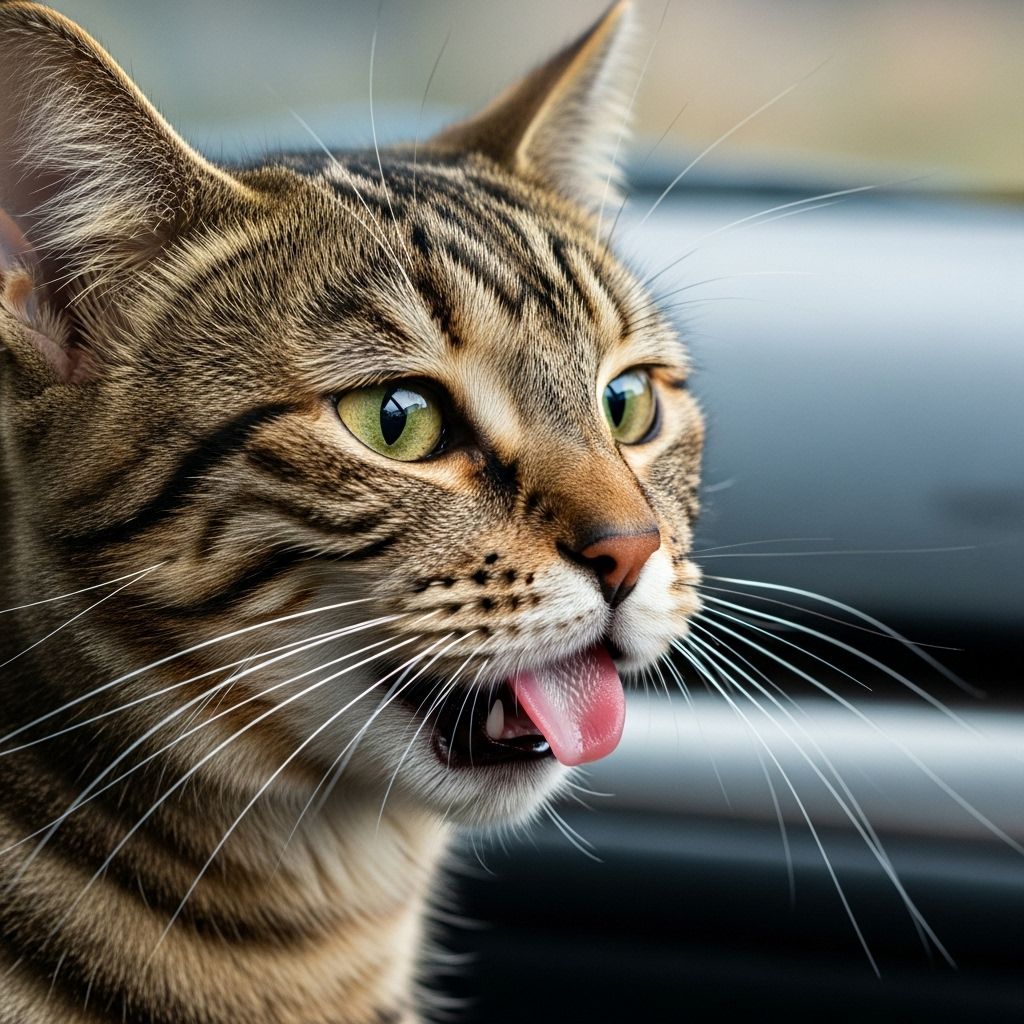
Image: HearthJunction Design Team
Why Is My Cat Panting in the Car?
It’s not uncommon for cat owners to notice their feline friend panting during car rides. Unlike dogs, who commonly pant to cool off, panting in cats is rare and can be alarming. Understanding why this happens is crucial for keeping your cat safe, comfortable, and healthy every time you hit the road together.
Is It Normal for Cats to Pant?
While dogs pant to regulate body temperature, cats rarely display this behavior. When cats do pant, it can be a normal reaction to stress or heat, but it may also signal a more serious medical issue. It’s important to recognize the context and frequency of your cat’s panting to determine whether it’s harmless or a sign to seek veterinary attention.
- Stress and Anxiety: Car rides can be highly stressful for cats, causing them to pant as a physical expression of their anxiety.
- Heat: Temperatures inside a car can rise quickly, and cats are sensitive to heat, leading to panting as they try to cool off.
- Motion Sickness: Just like people, cats can get nauseous from the movement and vibrations of traveling by car.
- Illness: Panting can also indicate an underlying health problem that requires prompt attention.
Common Reasons Cats Pant in the Car
Identifying the specific reason your cat is panting during a car ride is the first step in addressing the problem effectively. Here are the most common causes:
1. Stress and Anxiety
Car rides are not part of most cats’ daily routine. The experience of being transported, confined in a carrier, and exposed to unfamiliar sights and sounds can be terrifying. For many cats, car trips are associated with visits to the vet—a stressful event in itself. This association can create a cycle of anxiety every time your cat is in the car.
2. Overheating
Cats are sensitive to heat and prefer a cooler environment, especially when stressed. The temperature inside a parked or slowly moving car can rise quickly, making your cat uncomfortable and causing panting as a way to release excess body heat.
- Always run the air conditioning during car trips and avoid leaving your cat unattended in the vehicle.
- Never make the car too cold, as cats dislike extreme cold as well.
3. Motion Sickness and Nausea
Cats have delicate inner ears, making them prone to motion sickness during car rides. The unfamiliar movements and vibrations can lead to nausea, which typically manifests as panting, drooling, or attempts to vomit.
4. Fear of the Unknown
Cats are creatures of habit who value routine and familiar environments. Being in a car is a major change, filled with new smells, noises, and sensations. This sensory overload often triggers rapid breathing or panting as a coping mechanism.
5. Illness or Physical Distress
Sometimes panting is not just about stress or motion sickness. Conditions like respiratory disorders, heart problems, or pain from an injury can cause heavy breathing or panting. If panting is excessive, prolonged, or accompanied by other symptoms, seek immediate veterinary care.
Table: Common Causes of Cat Panting in the Car
| Cause | Why It Happens | What You Can Do |
|---|---|---|
| Stress/Anxiety | Unfamiliar events, vet visits, noisy environment | Desensitize your cat, use calming pheromones |
| Overheating | High car temperatures, lack of ventilation | Keep car cool, never leave cat in parked car |
| Motion Sickness | Vibrations, movement, sensitive inner ear | Talk to your vet about medication, shorter trips |
| Fear | Change in routine, new stimuli | Use familiar carrier, positive reinforcement |
| Medical Issue | Respiratory, cardiac problems, pain | Seek veterinary help promptly |
What Is Normal and When to Worry
Occasional, brief panting due to short-term stress or heat may be considered normal. However, excessive, persistent, or labored breathing is a red flag. Watch for these warning signs:
- Panting continues after your cat calms down or cools off
- Breathing is noisy, rapid, or requires extra effort
- Your cat has blue or pale gums or tongue
- There is drooling, vomiting, or loss of balance
- Your cat is lethargic or hiding
Any of these symptoms mean you should seek veterinary help as soon as possible.
How to Help Your Cat Stay Calm and Safe During Car Rides
Traveling with a cat doesn’t have to be a stressful experience. Here are some steps you can take to reduce your cat’s anxiety and risk of panting in the car:
Before the Trip
- Carrier Training: Let your cat become familiar with the carrier at home by placing treats, toys, or bedding inside. Gradually increase time spent in the carrier to build a positive association.
- Test Runs: Do short practice drives so your cat gets used to the car’s motion and sounds.
- Talk to Your Vet: If your cat is particularly anxious or prone to motion sickness, ask your veterinarian for advice or possible medications.
During the Trip
- Temperature Control: Maintain a cool but not cold environment inside the car. Use the air conditioner if needed.
- Minimize Noise: Keep music low and avoid sudden loud sounds.
- Secure the Carrier: Place the carrier on a flat surface where it won’t tip or slide.
- Curtain the Carrier: Covering the carrier with a light blanket can reduce visual stimuli and help your cat feel safer.
- Bring Comfort Items: Place familiar bedding or an item with your scent in the carrier for reassurance.
After Arriving
- Give your cat time to adjust in a quiet, safe space.
- Offer water and gentle reassurance.
- Watch for lingering signs of stress or illness.
Preventing Panting: Proactive Tips for Cat Travel
Prevention is always better than cure. Here are some expert-backed strategies to help ensure your cat has a peaceful trip every time:
- Use calming sprays or diffusers containing synthetic feline pheromones.
- Feed your cat a light meal several hours before the trip to minimize nausea.
- Keep car rides as routine as possible by taking your cat out for short, positive excursions that don’t always end at the vet.
- If your cat is very anxious, your veterinarian may recommend an anti-anxiety medication or sedative for travel.
When to See a Veterinarian
While stress and heat are common causes of panting, it’s vital not to overlook the possibility of a medical problem. Seek immediate veterinary attention if your cat:
- Pants excessively or for a prolonged period
- Shows signs of labored breathing, open-mouth breathing at rest, or audible wheezing
- Has blue, pale, or gray gums
- Is drooling, vomiting, or seems disoriented
- Appears lethargic, collapses, or is unable to walk normally
Frequently Asked Questions (FAQs)
Why doesn’t my cat pant like a dog?
Cats and dogs have different cooling mechanisms. While dogs pant frequently to regulate their temperature, cats rarely need to do so. Panting in cats is usually a response to stress, overheating, or illness.
How can I tell if my cat’s panting is due to stress or illness?
If panting happens only in stressful situations (car rides, vet visits) and resolves quickly, it’s likely stress-related. If your cat pants when relaxed or at home, or if panting persists, see your veterinarian immediately.
Can I give my cat medication for car rides?
You should never give your cat any medication without a veterinarian’s guidance. There are safe options for motion sickness and anxiety, so consult your vet to discuss what’s appropriate for your cat.
What should I do if my cat gets overheated during a car ride?
Move your cat to a cooler environment, offer water, and use air conditioning. If your cat shows signs of heatstroke (panting, drooling, red gums, lethargy), seek veterinary help immediately.
Is it okay to let my cat out of its carrier in the car?
No. Loose cats in a car can become panicked and dangerous or escape easily. Always keep your cat secure in a well-ventilated carrier for safety—both yours and theirs.
Conclusion
Panting in cats during car rides is usually a stress response, but it can also indicate overheating, motion sickness, or an underlying health issue. Knowing how to recognize, prevent, and respond to panting will help keep your cat calm, comfortable, and safe on every journey. If you’re ever in doubt about your cat’s breathing, seek veterinary advice promptly—your cat will thank you for it.
References
- https://www.greencrossvets.com.au/pet-library/articles-of-interest/why-is-my-cat-panting/
- https://www.petmd.com/cat/symptoms/cat-panting
- https://www.smalldoorvet.com/learning-center/medical/cat-panting/
- https://khpet.com/blogs/cats/why-is-my-cat-panting-in-the-car
- https://www.catster.com/cat-health-care/why-is-my-cat-panting-in-the-car/
Read full bio of Srija Burman


